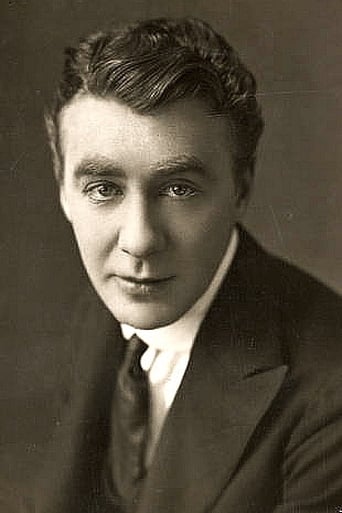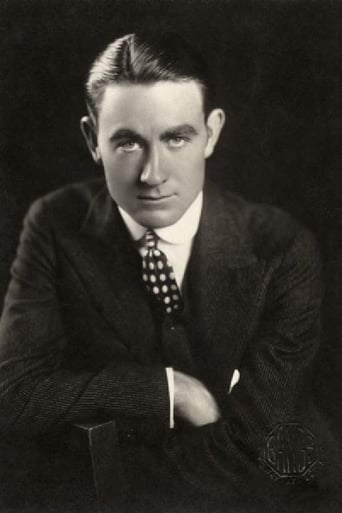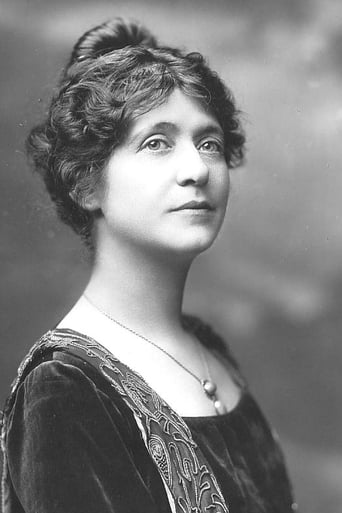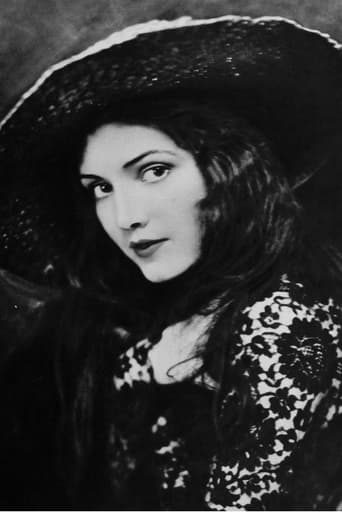VeteranLight
I don't have all the words right now but this film is a work of art.
Pluskylang
Great Film overall
MoPoshy
Absolutely brilliant
Rosie Searle
It's the kind of movie you'll want to see a second time with someone who hasn't seen it yet, to remember what it was like to watch it for the first time.
kidboots
From the time fresh faced George Raft asked "Barney Muller" (Owen Moore) to take a look at a number he had been rehearsing with the girls and the few minutes of dance I loved this movie!! George Raft was one of New York's top dancers during the twenties and reputedly the fastest charleston dancer in the world - even Fred Astaire sang his praises. Here he got a chance to show the public his absolutely amazing ability as a dancer, his legs flew in every direction, the chorus girls backed him up and cute as a button June Clyde, who next year had her fleeting chance at stardom, sang "Take a Look at Her Now"!!! George also had a couple of talking scenes and proved he was the most natural and relaxed member of the cast. For the rest of the time this movie was a pretty "deadly" affair, the novelty being that it showcased the three Moore brothers (in 1929 did anyone really care). Beautiful Kathryn Perry of the Ziegfeld Follies was the female lead and seeing that she was Owen Moore's real life wife, you could say it was a family affair!! The story revolves around an Irish family (with accents so thick you could cut them with a knife and fork). John (Matt Moore) a doctor, Jimmy, a policeman (Tom Moore - was he in reality a policeman who was just moonlighting as an actor!!!) and Billy (Owen Moore) who was the town's big crime boss - although no one in the family knows. I don't really agree with the reviewer who thought Owen was the most at ease in front of a microphone - I thought he was pretty ill at ease, especially in the family scenes. I think it showed how much progress was made in just a year when you compare this crime film with movies like "Little Caesar" and "Doorway to Hell", both from 1930.Jimmy's fiancée Dora (I know she is listed as Kathryn but it sounded like Dora to me) goes to a party with her friend Bunny (Mildred Harris, Charlie Chaplin's first wife) at the penthouse apartment of Barney Muller. Later that night a fight breaks out and Dr. John is called. By the end of the movie everyone (even the guileless mother Emma Dunn) realises just who Billy really is and joins in the effort to keep Jimmy, who hasn't yet twigged as to who Muller really is, away from the block of flats where he has an appointment - with death!!!For a gangster movie it was awfully static - it was Radio's first talkie. Radio was a subsidiary of General Electric and had developed it's own talking system, Photophone, which they claimed was the most superior, so they could go into talkies a lot sooner than their bigger studio rivals.
tedg
There are so many interesting experiments from this time, when things were still forming and genres hadn't formed.This is a combination of three story forms. One is the sweet mama form. We have an Irish family, full of mostly endearing stereotypes. Tipsy Dad, daftly wonderful mama. Three sons played by three brothers.We have the form of the brother against brother with predictable results. These two are uninteresting. The one that is interesting is how they try to play with the detective fragment. One of the boys is a detective. He's the Mama's boy and as stupid as she is. Another boy — as it turns out — is the town's biggest gangster working under a different name. Much is made of the cluelessness of the Irish cop, promoted to detective. We learn before he does. Then we see his brother (the third son) learn, and then his fiancé, and finally his father. Yet he goes to an ambush (on Thanksgiving!), blissfully ignorant.The production values are low, but its an interesting experiment if you follow how narrative evolved during this period.Ted's Evaluation -- 1 of 3: You can find something better to do with this part of your life.
vandino1
This is one of RKO's first films. It's also the only pairing of all three Moore brothers. It also features nightclub dancer George Raft in one of his first attempts to break into films (after this he didn't appear again until 1931 when he was "discovered.") Sadly, this film is all curiosity value and nothing else. The Moore brothers are mostly terrible (Owen, playing the gangster, being the only one with any talent for handling dialogue). Raft is actually better and livelier than the Moore boys even though his part is slim. There is also no music score whatsoever, outside of the nightclub sequence with Raft, thus what little dramatic force the film has is left dry by the silent soundtrack. The story is the typical brothers-gone-separate-ways stuff (one is a cop involved in murder case that leads to other brother who is gangster) with the only difference being that there is a third brother (a doctor) in the middle. But the Doctor's part isn't very interesting, so it doesn't distract from the clichés, unfortunately. Sound killed the Moore brothers' careers and this film easily shows us why.
arthursward
Though released at a time when all-talking pictures were the norm (Sept 1929), the recording and static camera technique mar an otherwise fascinating glimpse of the Moore brothers together.Tom, Matt and Owen Moore play the three sons of Mr. and Mrs. O'Farrell, an oh-so-Irish couple living modestly in Manhattan. The O'Farrells express pride in their apparently successful sons as they prepare for a family get-together. This opening reel is an unmoving camera shot with ma and pa discussing each child and is rough going as Frank Sheridan (pa) and Emma Dunn (ma) speak with such thick brogue that the dialog is difficult to follow. This left my eyes wandering to the chandelier and the big black microphone clearly visible there. Placed far above the actors, the echoes it captured render many lines unintelligible.As the sons arrive, the film's pace picks up. Jimmy (Tom Moore) is a uniformed cop, fresh to the force and following his father's policeman footsteps. John (Matt Moore) appears as ambulance surgeon, humble and soft-spoken. Last to show is the slick Dennis (Owen Moore), unknown to all as living a secret life as Mueller, the town's biggest gangster. The family scenes are good, and the picture improves consistently from this point on. I won't spoil a familiar plot, but Jimmy the cop makes detective and is assigned to investigate (brother) Mueller's gang. The Moore brother scenes are naturalistic and satisfying.But, as the camera set-ups increase, so do the sound goofs. During one scene, you will hear things being moved around off-camera. Another unbilled performer is one of those big exhaust fans so prevalent before air conditioning. Clearly heard above the dialog, and with two scenes, it should have received a screen credit!This is, however, the only chance to see Tom, Matt and Owen together on-screen, and that is worth the film's cinematic shortcomings. Tom and Matt would appear together in 1930's Costello Case and Woman Racket, but they would all fade into obscurity as the sound era took hold and brought fresh faces from Eastern theater stages. Tom, who would live until 1955, disappeared from the screen by 1938, and his talkie zenith is 1934's Return Of Chandu. Matt starred in 1933's Deluge, but would be more accessible in Rain (1932) as Dr. MacPhail. He ecked out a living in film as an uncredited character actor until his death in 1960. Most famous of the three was the hard-drinking Owen Moore. Owen married Mary Pickford secretly in 1911, their stormy marriage ending in 1920. Owen was slim, dark and didn't look like his other brothers. His casting as the gangster here is perfect, and his performance is very good. Owen is terrific in 1930's Outside The Law as Fingers O'Dell. It's a shame his life and career were cut short by drinking, he died in 1939.Ironically, Owen's gangster-partner Silk Ruffo is played by Arthur Housman who made his career playing inebriated characters. And here his role is stone cold sober.Enjoy this early talker from RKO which survives only in its 16mm TV distribution print.




